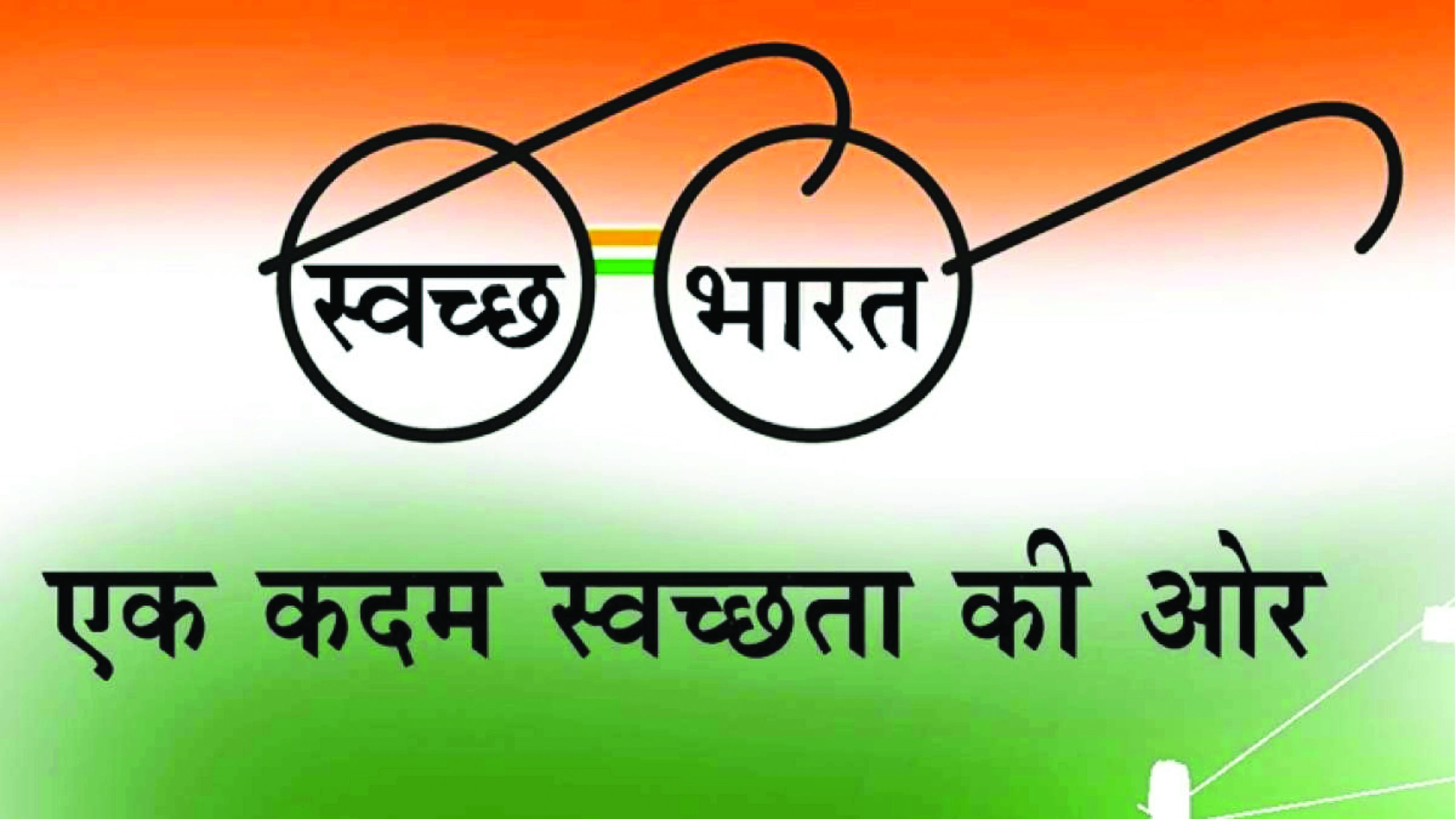
Countries are ranked on climate change performance, environmental health, and ecosystem vibrance by Environment Performance Index (EPI). 40 performance pointers are measured across 11 issue categories, such as air quality, drinking water and sanitation by the EPI.
India was placed right at the bottom of 180 countries in the Environment Performance Index (EPI) in 2022.
The SWACHH BHARAT MISSION (SBM) is meant to address the issue of WASH (Water, Sanitation, and Health).
While state agencies govern and monitor the entire project, the design makes it clear that large capital-intensive technologies are promoted.
The Union government’s claim of India’s being open defecation-free is far from the reality. The government’s claims over the achievements of the SBM on this front were negatived by the Comptroller and Auditor General’s report in 2020. It exposed the poor quality of construction of toilets under this scheme. A few urbanisation surveys exposed that some metros, communities in slums are deprived of access to public toilets. Toilet construction has not been linked to waste treatment even in rural India. The faecal muck is disposed of in the environment in semi-urban areas.
The government’s plan was to diminish the association of people in waste management via SBM by supplanting them with large, capital-intensive technologies. But most of the work was outsourced to private actors recruiting the same enslaved communities to tackle waste.
Technological solutions are being employed in managing solid waste in most towns by the Union government. Waste-to-energy plants and biological methanation are some of these solutions. But such measures are devoid of successful outcomes in either case.
The central govt. suggested to city governments to buy more machines including road sweeping machines that cost no less than Rs. 1 crore, and more vehicles to convey the trash from one corner to another with geo-tagging, and so on. But, the responsibility of the entire project is being transferred to influential contractors.
On March 30, 2024, in the Himachal Pradesh High Court, the Urban Development Department revealed that just five sanitation inspectors had the responsibility of the Shimla Municipal Corporation, which comprised 34 wards. There are only 20 sanitation inspectors in a state comprising more than 50 municipal bodies, implying that there are some municipalities bereft of sanitation inspectors.
Other environmental programmes face the similar fate too. India’s EPI performance has been dragged down by such failures.
There are various ways to improve the effectiveness of SBM:
1. Focusing on Vulnerable Sections:
• The marginalized groups such as female-headed households, landless individuals, migrant labourers, and disabled persons still lack access to toilets, despite significant progress in sanitation coverage.
2. Integration With Public Health Infrastructure:
• Sanitation system should be further developed in educational institutions, child-care centres, hospitals, and other government facilities.
• Innovative Disaggregated data on sanitation coverage in public facilities and government departments is required to ensure long-term feasibility.
3. Promoting adequate behavioural Change:
• India’s diverse cultural landscape requires promoting hygienic sanitation practices beyond toilet construction. Merely providing access to toilets is insufficient to achieve Sustainable Development Goal 6 by 2030.
4. Improving Sewer Infrastructure in Village Areas:
• Addressing sewage treatment challenges is more important than constructing toilets to ensure proper waste management. Robust sewage systems are indispensable to successful sanitation initiatives.
• To bolster sewer infrastructure Integration development in rural areas integration with the Atal Mission for Rejuvenation and Urban Transformation (AMRUT) program is indispensable.
5. Robust Waste Management Systems:
For accomplishing extensive waste management nationwide, scaling up waste processing and emphasising source segregation, collection, storage, transportation, processing, and disposal are vital.
• Intensifying strategies for providing Supplementing Urban Local Bodies:
• It is critical to intensify strategies for providing basic services to urban areas and enhance citizen participation in urban management.
• To ameliorate on-ground implementation of schemes and enhance infrastructure and capability, urban local bodies demand adequate aid and resources.
6. Addressing the Tax Burden:
• Sanitation goals are contradicted by the increased tax burden on the recycling and composting industry under the Goods and Services Tax (GST) regime.
• It is necessary to promote sustainable waste management practices by rationalising GST rates for recyclables and machines.
7. Adoption and Integration of Technologies:
• The tracking of progress in sanitation initiatives can be facilitated by incorporating e-Governance solutions such as mobile apps and dashboards developed by the National Informatics Centre (NIC).
• A robust e-governance system should enable users to enter sanitation assets and coordinate using mobile apps,ensuring scalability, security, and interoperability.
Conclusion:
Through increased toilet access under SBM, India has made significant strides in achieving SDG 6. However, it must also take environmental safety and disease transmission under consideration, particularly for children’s health. Addressing the complexities identified in SBM will demonstrate India’scommitment to universal sanitation and meeting SDG targets, setting an example for other nations.
We must view the EPI in the background of the latest verdict where the Supreme Court percieved the association between climate change and basic human rights. Climate scientists have researched that the reasons for the current predicament is anthropogenic and systemic in nature.
Our policies, especially the environmental ones, must be associated to human rights to address these issues.
Dr. Ravi Prakash Tiwari is the author of Pun is Fun.